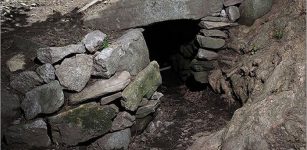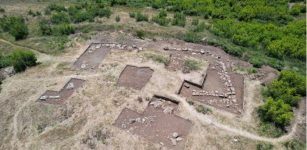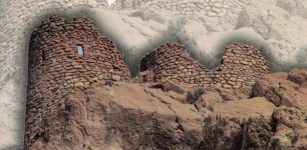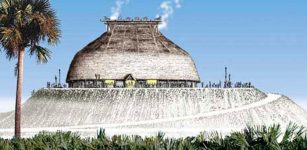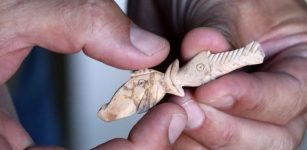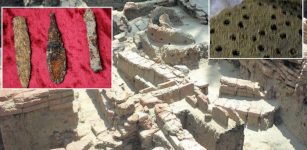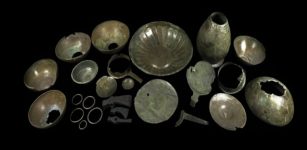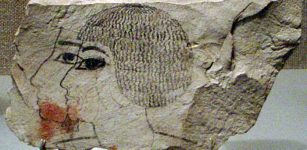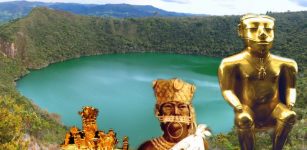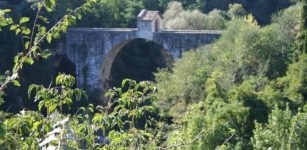Mireuksa Pagoda: Largest And One Of The Oldest Of Korean Pagodas
AncientPages.com - It wasn't any easy task to restore the seventh-century Baekje-era stone pagoda at the UNESCO-registered Mireuksa Temple site in Iksan, North Jeolla Province.
The 1,300-year-old pagoda is indeed, an important project in Korea, but no proven historical records could guide experts to recreate the original form of this beautiful ancient Buddhist building.
The stone pagoda at Mireuksa, one of two extant Baekje pagodas, was built in A.D. 639 by Baekje craftsmen. It displays a form of Buddhism that influenced Japan as well as the Unified Silla dynasty.

Mireuksa Temple (Model). Built by Baekje craftsmen, Mireuksa Temple displays a form of Buddhism that influenced Japan as well as the Unified Silla dynasty. Mireuksa survives as the largest Buddhist temple in the ancient Korean kingdom of Baekje, which fell in the seventh century. Photo: 1-2-3 Korea.
It was a symbol of spiritual guidance and support for Baekje in its final years, amid growing threats from neighboring kingdoms. Baekje dissolved 21 years later, when it was defeated by an alliance between the Silla Kingdom and the Tang Dynasty of China.
The largest and one of the oldest of Korean pagodas, Mireuksa was excavated in 1980 in Iksan City, North Jeolla Province, the site revealed many previously unknown facts about Baekje architecture.
In the ancient collection of legends and folktales entitled "Memorabilia of the Three Kingdoms" (Samguk Yusa), there is a legend of the creation of Miruke-sa. The legend says that King Mu and his queen saw a vision of the Maitreya Buddha in the a pond on Mount Yonghwasan.

The transition of the stone pagoda at Mireuksa Temple site. From left: The stone pagoda in 1910 before a shabby concrete repair, the pagoda before being disassembled, and a computer-generated image of the restored pagoda (Cultural Heritage Administration)
The King promptly had the pond drained to establish the Mireuksa temple complex. Baekje master craftsman Abiji is widely believed the builder of the nine-story wooden pagoda that once stood in the center of the complex.
However, neither "Memorabilia of the Three Kingdoms" nor any other ancient book "had a record of how tall it was,” according to Kim Derk-moon, director of the National Research Institute of Cultural Heritage, who has been overseeing the restoration project for 15 years.
“A lot of things about the pagoda have been revealed during the restoration.”
"In 1999, the Korean government decided to restore the 1,300-year-old pagoda, which was showing severe signs of instability and decay. It took a decade to disassemble. Along the way, archaeologists found sariras and other artifacts, which revealed the pagoda’s original construction year, reports The Korea Herald.
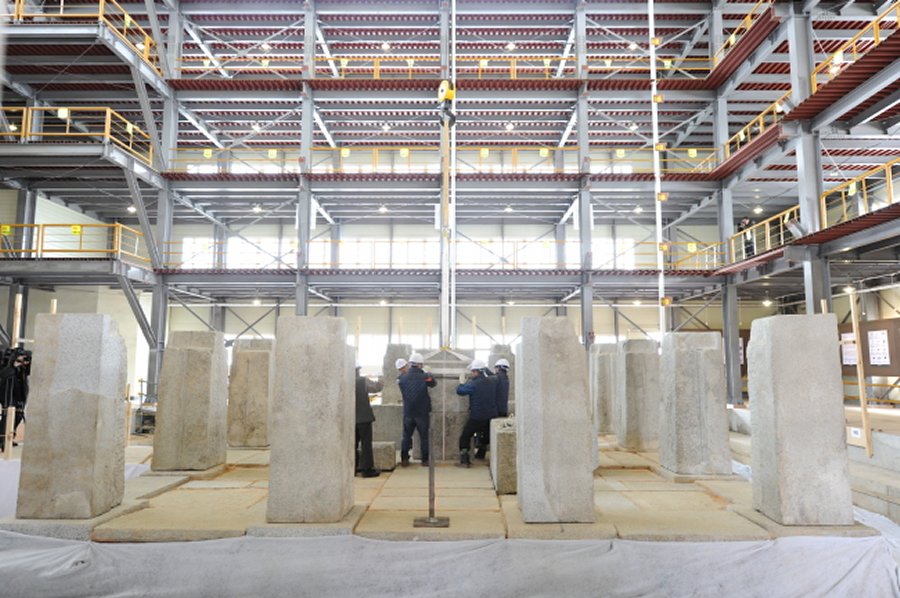
Restoring the seventh-century Baekje-era stone pagoda at the UNESCO-registered Mireuksa Temple site in Iksan, North Jeolla Province, has been a very difficult task for archaeologists.
Over the centuries, the pagoda observed the collapse of 700-year-old Baekje Kingdom and the rise of three new kingdoms afterward. It slowly deteriorated until it partially collapsed in the 18th century. A Joseon-era document depicted the pagoda standing seven stories tall, with piles of bricks supporting the pagoda to prevent its collapse. The pagoda decayed further to near collapse in the early 1900s. The destruction was shabbily prevented by covering the back of the pagoda with 185 tons of concrete during the Japanese colonial period.
Since then, it has stood six-stories tall on the western side of Mireuksa Temple site, one of the eight historical sites of the Baekje Kingdom added to UNESCO’s World Heritage list in July. The eight -- royal palaces, fortresses and tombs representing later periods of Baekje -- are scattered across the nearby cities of Gongju, Buyeo and Iksan.
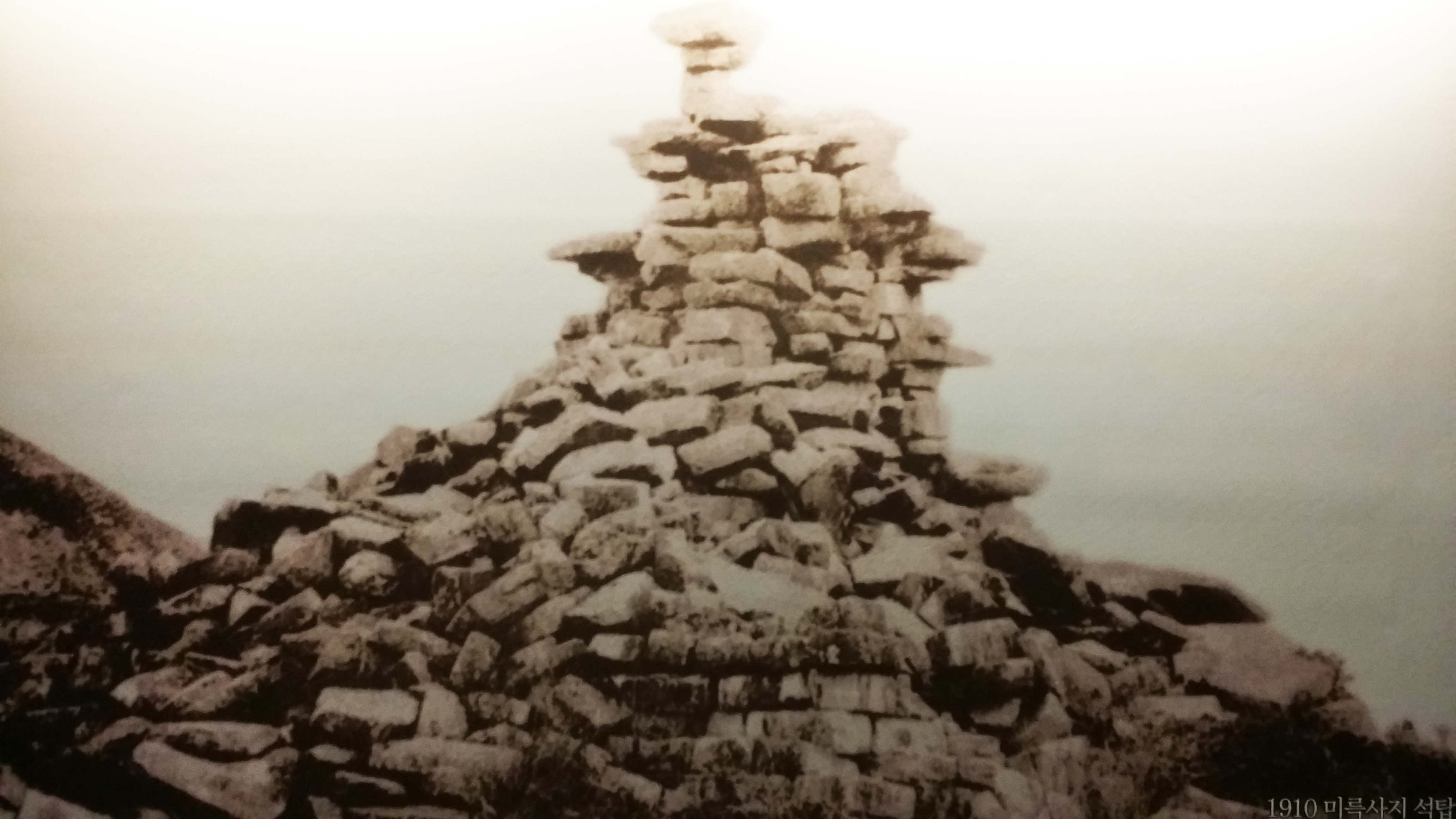
In 1910 only a part of the west pagoda (South Korean National Treasure No. 11) was still standing. Mireuksa survives as the largest Buddhist temple in the ancient Korean kingdom of Baekje, which fell in the seventh century. Excavated in 1980 in Iksan City, North Jeolla Province, the site revealed many previously unknown facts about Baekje architecture. Photo credits: 1-2-3 Korea.
While archaeologists and engineers were uncovering structural details of the pagoda, they discovered that it held high artistic and cultural value. Their findings show that the pagoda was the largest and oldest ancient Buddhist stone pagoda in East Asia and provides a window to an early Buddhist service and early styles of Buddhist pagodas.
Pagodas were important objects of worship for early Buddhists. The pagoda had an empty space on the first level so that people could walk in and perform religious rituals. Its architecture is noted with a rare mix of features of wooden and stone pagodas, offering understanding in the transition of Buddhist pagodas in terms of materials and styles.
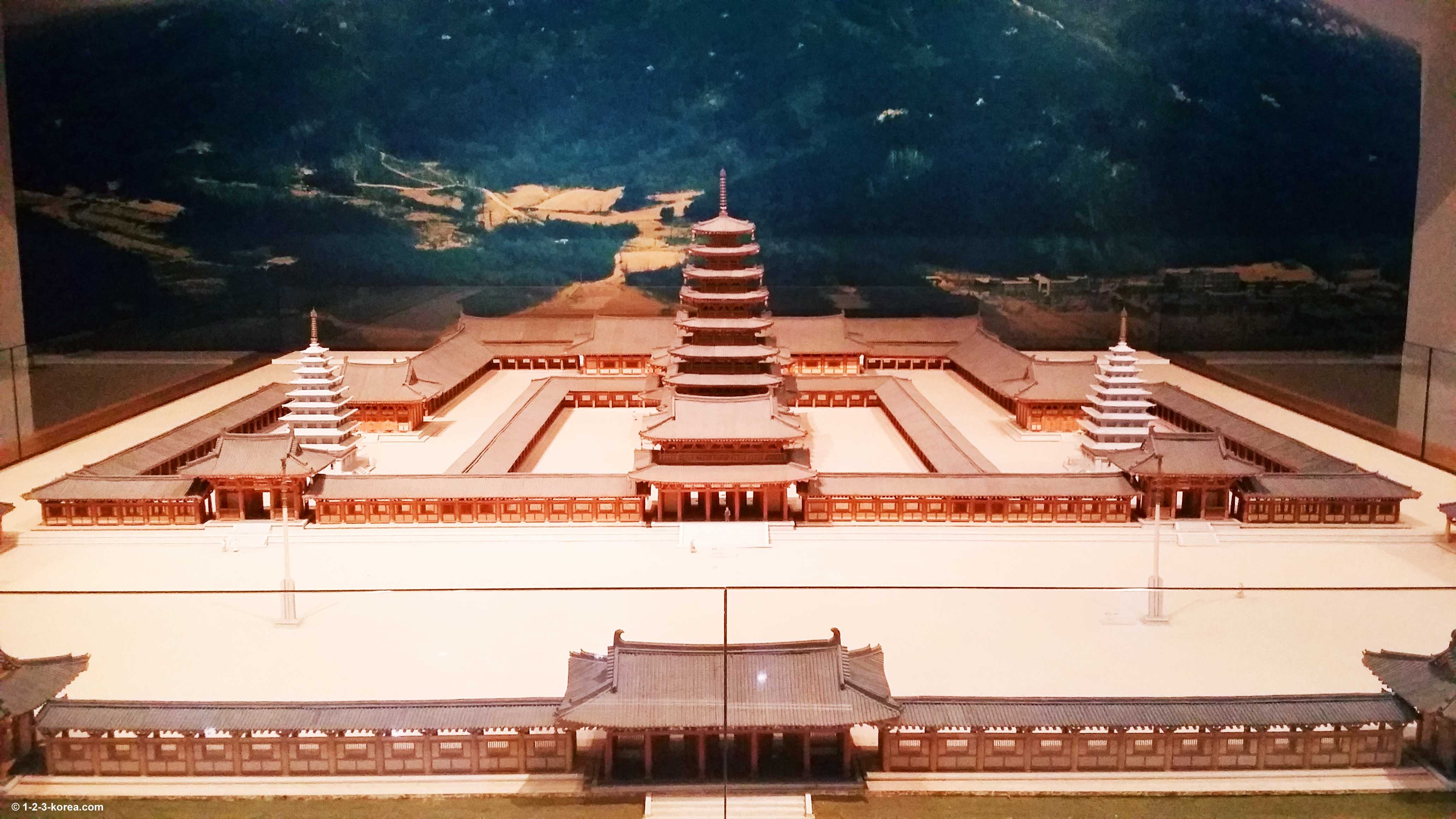
Mireuksa Temple Model - While archaeologists and engineers were uncovering structural details of the pagoda, they discovered that it held high artistic and cultural value. Their findings show that the pagoda was the largest and oldest ancient Buddhist stone pagoda in East Asia and provides a window to an early Buddhist service and early styles of Buddhist pagodas. Photo credits: 1-2-3 Korea
“What’s interesting about the pagoda is that it’s designed like wooden pagodas, but it’s built with stone,” said Kim.
Some mysteries of the pagoda’s structure have been solved. The secret behind the durability of the stone pagoda, composed of thousands of pieces of sculpted stone, was the thin layers of soil between stone blocks. The layers acted like cushions, dividing the weight from top to bottom. Based on this ancient construction technique, modern scientists and engineers came up with a new method – mixing soil with minerals – to make the effect last longer.
The restoration team is using as many old stone pieces as possible and new stones only when necessary. Some old pieces are used in whole and some are cut and incorporated with new materials for enhanced durability.
The restored pagoda will be 62 percent made up of old materials and is expected to finish in 2017.
AncientPages.com
Original story: The Korea Herald

